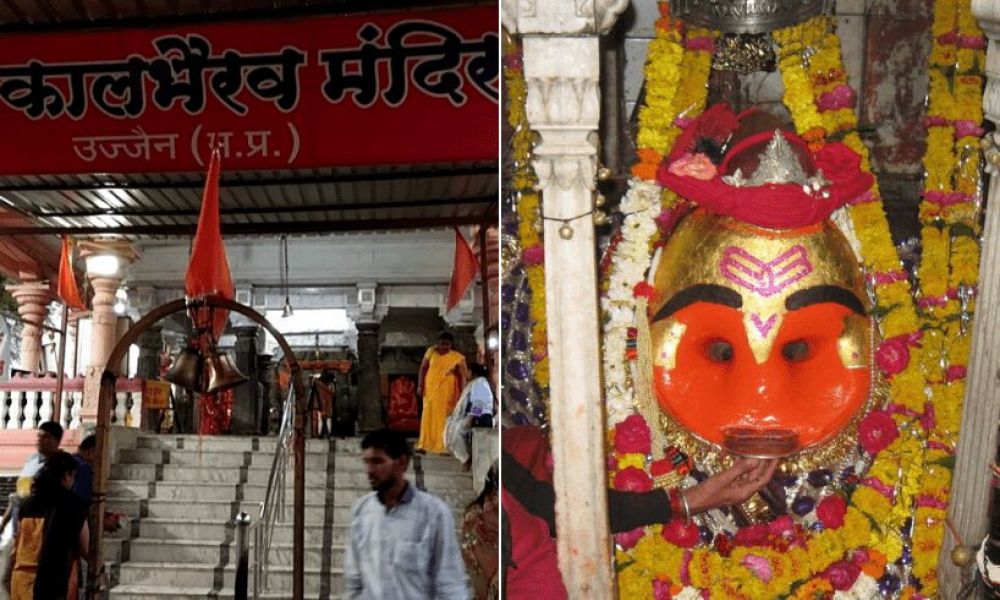

Kal Bhairav Temple is one of the ancient and sacred Hindu shrines located in the historic city of Ujjain, Madhya Pradesh, India. It is dedicated to Kal Bhairav, a fierce manifestation of Lord Shiva, who is revered as the guardian deity of the city. The temple holds significant religious importance and is a must-visit destination for devotees and tourists alike.
The history of the Kal Bhairav Temple is entwined with the history of Ujjain itself, which is one of the seven sacred cities (Sapta Puri) in Hinduism. The origins of the temple trace back to ancient times and are shrouded in myth and legend. According to folklore, the temple was believed to be built by an ancient king following the instructions of a divine premonition.
Throughout history, Ujjain has been a major center of religious and educational activities. The Kal Bhairav Temple has been a testament to the city's spiritual legacy. The temple's prominence grew during the Gupta Period and continued through the reign of the Paramaras, who were known to be devout Shaivites and greatly patronized the temple.
The temple features the Maratha-style architecture with a distinctive shikhara (spire). Though it has been renovated several times over the centuries, the temple still retains elements that point to its age-old construction, such as the ancient Sanskrit inscriptions found on its walls.
The deity, Kal Bhairav, is said to be the 'Kotwal' or 'Chief of Police' of the city, and the temple is famous for the practice of offering alcohol to the deity, a unique ritual not commonly seen elsewhere. Devotees bring bottles of wine or other forms of liquor, which are poured onto a plate and presented to the deity. The alcohol is then consumed by the deity, as per popular belief, which is a sight that attracts numerous devotees and tourists.
The temple has been a focal point of pilgrimage for centuries. However, the growth of modern tourism in the city of Ujjain gained momentum with the improvement of transportation and infrastructure, especially after India's independence. The establishment of festivals like the Kumbh Mela, which Ujjain hosts every 12 years, further amplified the temple's popularity among tourists. The Kal Bhairav Temple is a critical part of the Ujjain Panchkroshi Yatra, a sacred pilgrimage circuit that contributes to its visitor numbers annually.
In recent years, spiritual tourism in India has seen a rise, with an increasing number of people seeking experiential and cultural travels. This trend has benefitted the Kal Bhairav Temple, as visitors come not just for religious purposes but also to experience the ancient rituals and the rich cultural tapestry of Ujjain. The Madhya Pradesh Tourism Board has also ramped up efforts to promote the city's temples and its religious heritage, employing digital marketing and improving tourist facilities.
Sustainable tourism practices are also slowly being integrated, taking into account the temple's environment and local community. More focused initiatives are being developed to manage waste and crowd control, especially during significant festivals when the influx of visitors increases dramatically.
Kal Bhairav Temple remains open throughout the year and can be visited during its operating hours. The temple is most crowded during auspicious days according to the Hindu calendar and during key festivals. Visitors are encouraged to respect the local customs and traditions while enjoying their visit to this age-old bastion of spirituality and culture.
As Ujjain continues to evolve as a center of tourism, the Kal Bhairav Temple remains a vibrant part of its spiritual core, attracting visitors from all over the world and continuing to intrigue and inspire those who walk through its ancient gates.